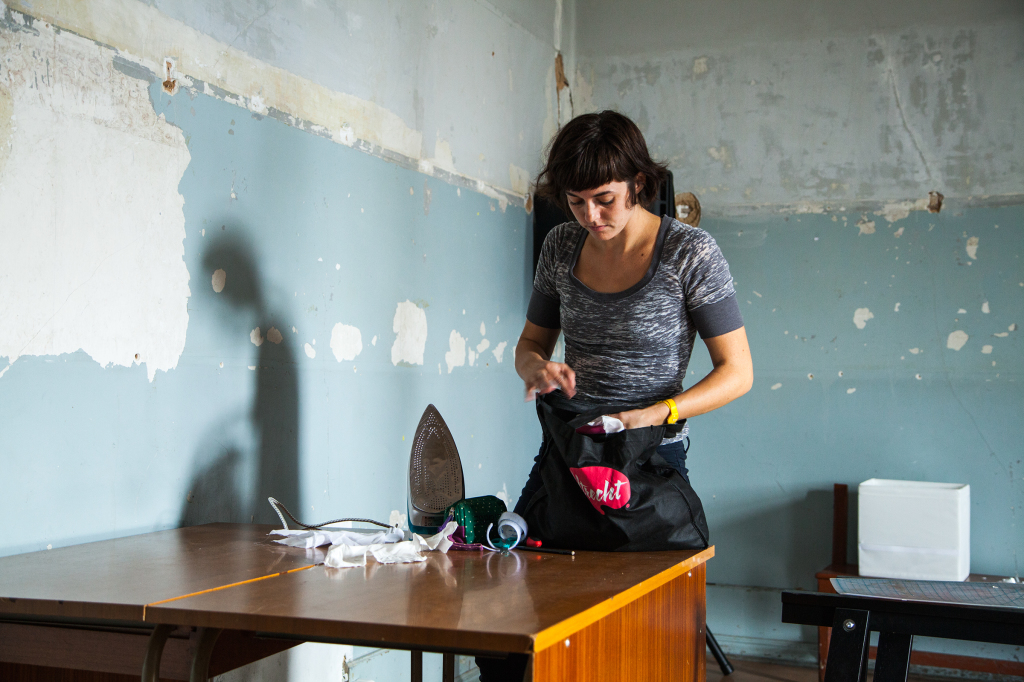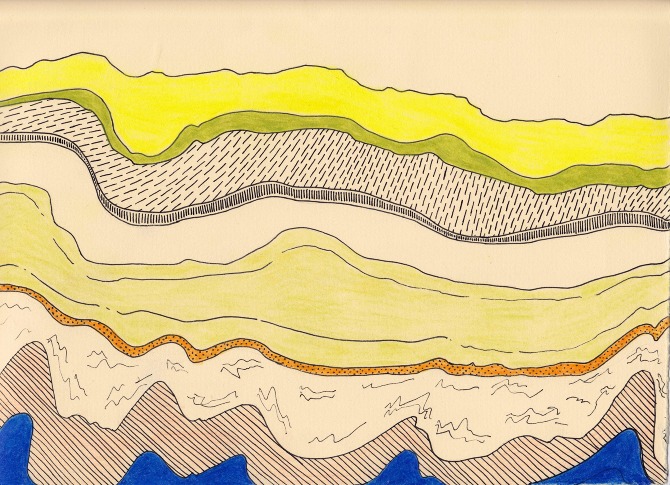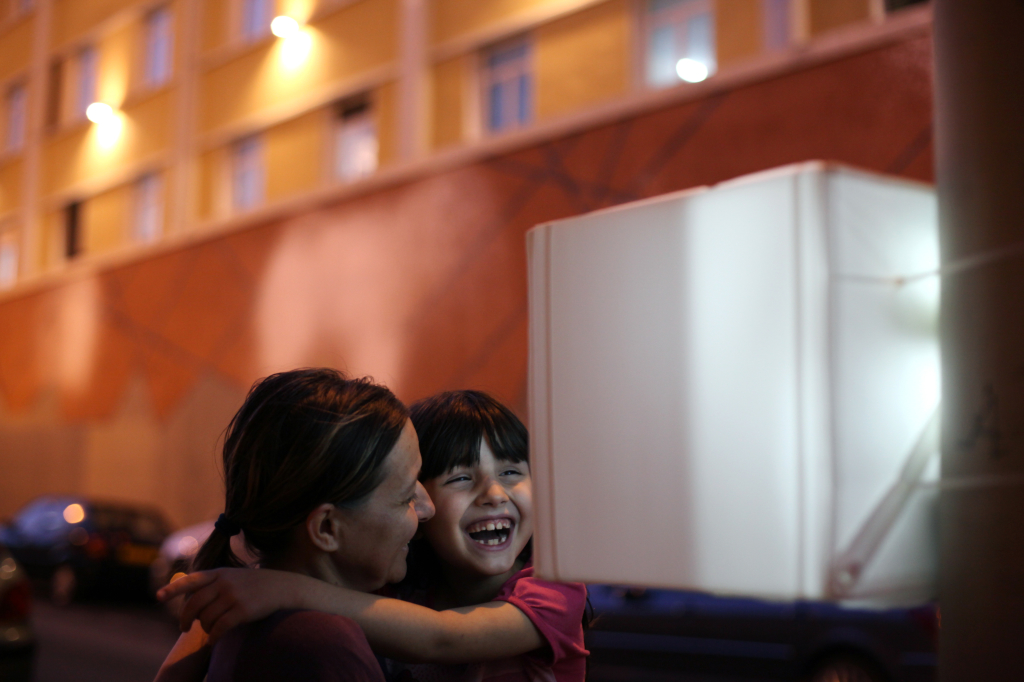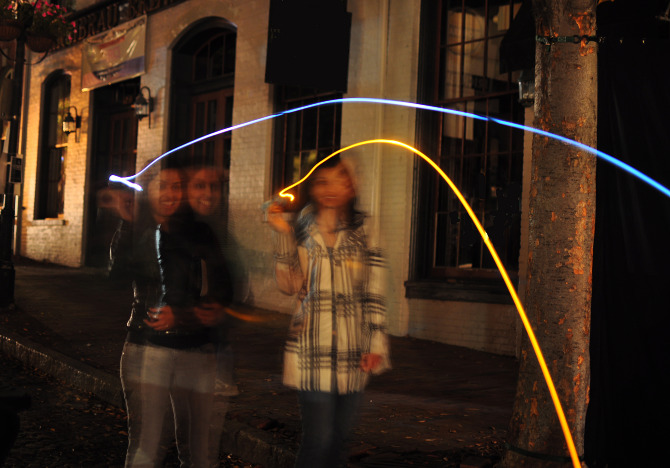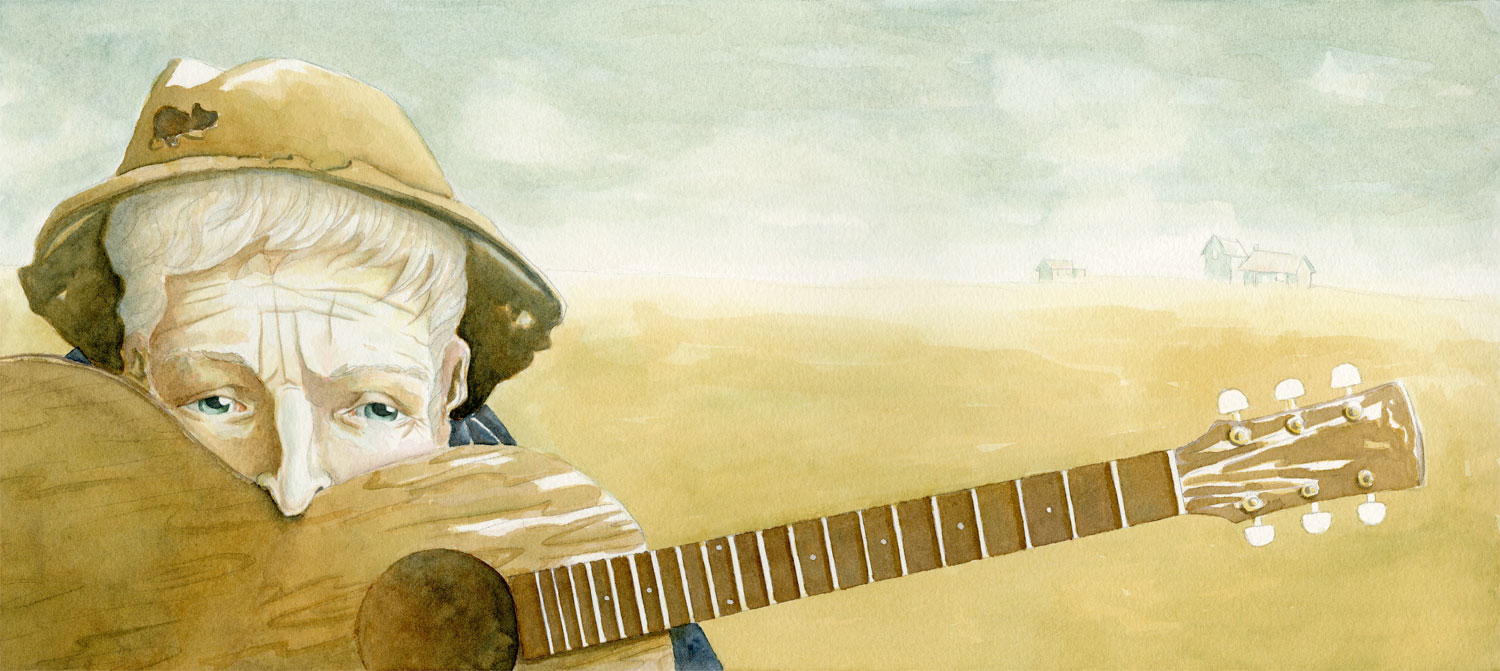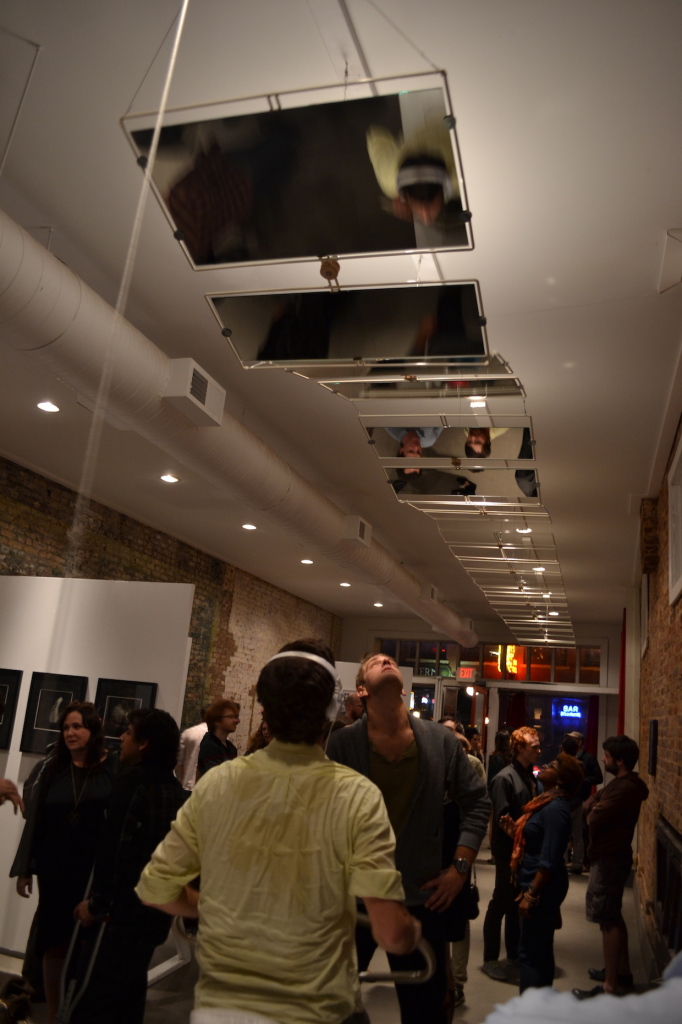 Whether you’ve been in Atlanta or globe trotting, there’s a chance you’ve experienced multi-media artist Jane Garver’s work. This year alone, the sculptor, performer and sound artist has exhibited pieces across Atlanta at places including the BeltLine, the Alliance Theater and Mint Gallery. Abroad, she’s created public-sound sculptures in France and Portugal, and sound composition in Morocco. It’s fitting that this New Orleans native’s art knows no borders, as the themes she most commonly addresses—human connection and alienation—are universal.
Whether you’ve been in Atlanta or globe trotting, there’s a chance you’ve experienced multi-media artist Jane Garver’s work. This year alone, the sculptor, performer and sound artist has exhibited pieces across Atlanta at places including the BeltLine, the Alliance Theater and Mint Gallery. Abroad, she’s created public-sound sculptures in France and Portugal, and sound composition in Morocco. It’s fitting that this New Orleans native’s art knows no borders, as the themes she most commonly addresses—human connection and alienation—are universal.
While she has always loved and created art, pursuing and obtaining her BA in Studio Art from Georgia State University in 2008 helped her hone the skills and find the support to follow art as a career. Since then, she’s received numerous accolades, including MINT Gallery’s Leap Year award and a studio residency at the Atlanta Contemporary Art Center. Her exhibit of new work, Floor Plans on Napkins, will be on display at MINT Gallery until Dec. 7.
Here, Garver speaks to CommonCreativ about her creative process, important lessons she’s learned and what’s next on her artistic agenda.
CommonCreativ: How did you become an artist?
Jane Garver: I’ve always made art, but it took me a long time of changing majors in undergrad to finally choose art as my full direction. Before that, I had been passively culturally brainwashed to think choosing a career in art would make me broke and/or crazy. At this point, becoming an artist feels like it was inevitable, but that’s probably the advantage of hindsight.
CC: How did you turn being an artist into a career?
JG: For me, sustaining a career in art means applying for a lot of things all the time. In that sense it is never a past-tense thing, because I’m always working on being an artist as a career. I’ve gotten a thicker skin over the last two years as I realize that many things that I think I am qualified for, I get turned down from, but I’ve been fortunate to get a few incredible opportunities that I thought were way out of my league.
In spring 2013 I had a string of rejections all at once, which was disappointing because it felt like I had projects that weren’t possible without grants. That never gets easy. Then I received a grant from an organization based out of Zurich called Sound Development, which I was not expecting. The level of support they gave me and ten other sound artists to join an expedition across southern Europe making experimental sound art basically changed my whole perspective on what was possible for artists. They gave space for the artists to experiment, collaborate and change their minds. I believe sustainability might be a matter of searching far and wide to find support for the type of work I create, as opposed to trying to fit my work into other spaces where it doesn’t fit.
CC: Your work focuses a lot on both isolation and interaction. How does this inspire and influence your work?
JG: Themes of isolation and interaction have grown naturally out of working on social projects in public spaces. In 2011 I began an ongoing project called Voice Box where I would approach a person in a public space and asked if I could record him or her singing. There was a spontaneous element to working this way; it was a framework to begin an interaction with a person I had just met. I had no control over what the recorded songs could be because the work depended completely on this other person’s impulses. The resulting sound recordings became the piece, but really these recordings are documentation of an intimate performance piece that had created them.
CC: You utilize multimedia, including sculpture and sound. How did you decide to work this way?
JG: I specialized in sculpture in art school, and I’ll always be a builder of 3-D objects. I never studied sound—it just arose as the best way to document performances and interactions I was creating through Voice Box and other projects. I am often using raw recorded documentation and field recordings with little manipulation, so in that sense it is more of a form of documentation. My sound projects often end up with sculptural components, as I prefer my work to be heard aloud in a social way as opposed to using headphones for isolated listening. I’m currently working through ideas of creating sculptural, architectural spaces that viewers can enter to experience sound works.
CC: How do you choose your media?
JG: I don’t often choose media at the outset of a project, the idea happens first and then the materials are the necessary means to realize it. I do work with “typical” art materials often, such as wood, metal, and paint, but I do admit on rare occasions I get excited about using ridiculous materials. In 2010, I wrote a letter to Slinky’s corporate headquarters convincing them to donate 35 Slinkys so I could realize a dream of creating 60-foot-long continuous Slinkys as a kinetic sculpture hanging off the side of a building for Flux 2010. Thanks, Slinky!
CC: What is your creative process like?
JG: I’d love to say I am knee-deep in piles of scrap prints making some brilliance happen, but really in the beginning it’s a lot of unsexy time, just putting in hours in my studio applying or planning. I do sketch and screenprint often—small things that satisfy a need to turn something out shorter-term. The end of big projects are quite collaborative—I call on a lot of help because I prefer making work with others whenever possible.
CC: Tell me about your current show at MINT.
JG: Floor Plans on Napkins revolves around a sound work I created during a stay at Fljótstunga Art Residency in Iceland this September. The work is a culmination of collaborative sound-walks in acoustically unique environments, combining spoken recollections of first homes with walks through unfamiliar landscapes. I’m excited to be showing this work at MINT Gallery—they’ve been amazing by letting me turn their gallery into a messy woodshop for a week, practically living in the space to get the work installed for the opening.
CC: What are your thoughts on Atlanta’s current art scene?
JG: I’d love to see higher expectations for the kind of support we give artists, and more support for time-based or experimental art forms. I get really excited about upstarts, and new things, which come easy in Atlanta where showing art is very accessible. I’d love the youthful freedom going on at the Low Museum and Mammal Gallery to be spread around and sustained. Part of me wants economic sustainability, but part of me wants Atlanta to be even more grassroots and guerrilla, when I feel like the support still won’t come.
CC: What’s next for you?
JG: I’ll be painting two murals in the new Ponce City Market starting this month. Beyond that, I happily say it is unclear at this point, but I’m in the early stages of a few projects.
For more info on Jane Garver, check out her website.

